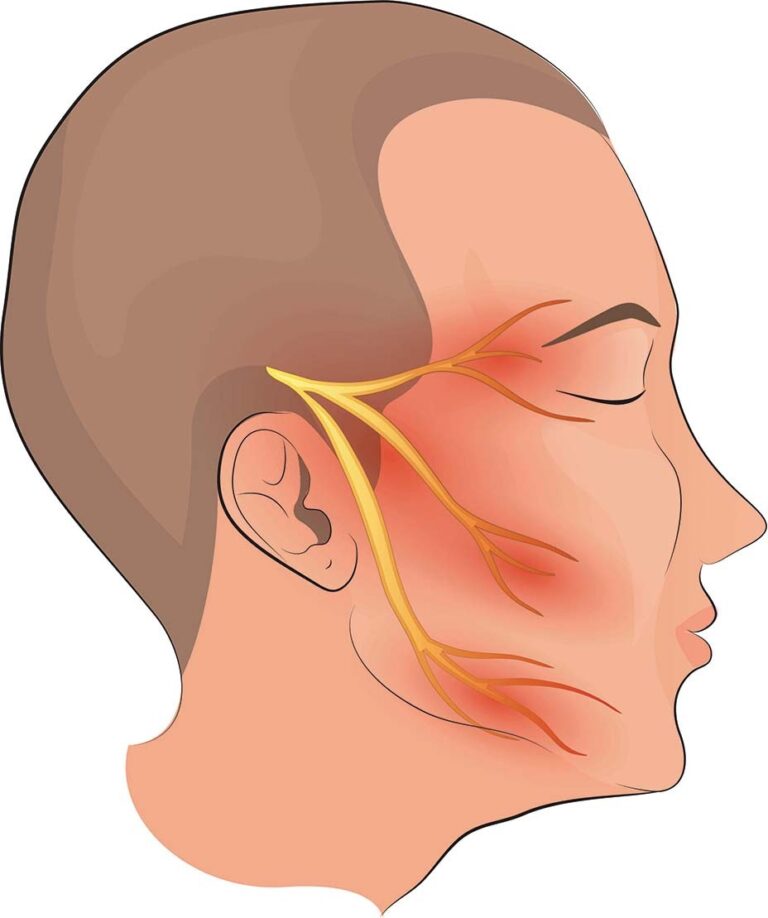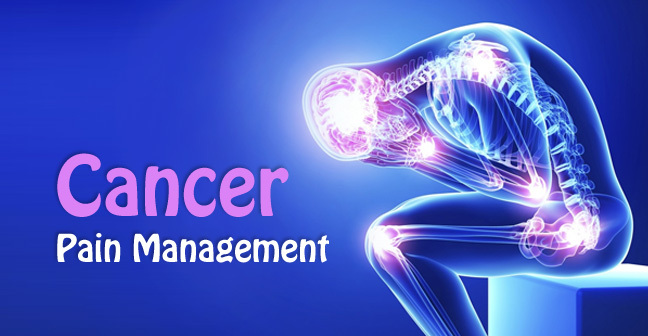Cancer Pain Treatment Strategies For Relief and Resilience.
The journey through cancer is fraught with challenges, and among them, the aspect of cancer pain stands as a formidable adversary. For individuals facing cancer, managing pain becomes not just a medical necessity but a critical component of maintaining a good quality of life. In this article, we explore various treatment strategies aimed at providing relief and fostering resilience in the face of cancer pain.
Understanding the Complexity of Cancer Pain
Cancer pain is a nuanced experience that varies from person to person, influenced by factors such as the type and stage of cancer, the individual’s pain threshold, and the impact of treatments. It can manifest as acute or chronic, localized or widespread, and may involve various components, including nerve pain, bone pain, or pain related to cancer treatments.
Multidimensional Approaches to Cancer Pain Treatment
- Medication Management: Medications play a central role in managing cancer pain. Analgesics, anti-inflammatory drugs, and opioids are commonly prescribed to alleviate pain. The key is to find the right combination and dosage to provide effective relief while minimizing side effects.
- Interventional Procedures: For targeted pain relief, interventional procedures such as nerve blocks, epidural injections, or neurolytic blocks may be recommended. These procedures aim to interrupt pain signals and offer localized relief.
- Physical Therapy: Physical therapy is invaluable in addressing the physical repercussions of cancer pain. Therapeutic exercises, stretching routines, and massage can help improve mobility, reduce muscle tension, and enhance overall physical well-being.
- Psychosocial Support: The emotional toll of cancer pain is significant, and psychosocial support is crucial. Counseling, support groups, and therapeutic interventions can aid individuals and their families in coping with the psychological aspects of pain.
- Complementary Therapies: Complementary therapies, such as acupuncture, massage, and relaxation techniques, provide alternative avenues for pain relief. These approaches, when integrated into the overall treatment plan, contribute to a more holistic and patient-centered approach.
- Palliative Care: Palliative care, often misunderstood as end-of-life care, is a specialized approach focused on improving the quality of life for individuals facing serious illnesses, including cancer. It addresses not only physical pain but also emotional, social, and spiritual aspects of well-being.
- Medication Adjustments: Regular reassessment of medication regimens is essential. As the cancer journey evolves, the pain experience may change, requiring adjustments to the treatment plan to ensure optimal pain management.
Fostering Resilience in the Face of Cancer Pain
- Education and Empowerment: Providing individuals with information about their pain management options and actively involving them in decision-making empowers them to take control of their pain journey.
- Setting Realistic Expectations: Realistic expectations about pain relief are vital. While complete elimination of pain may not always be achievable, significant improvement in pain control and overall well-being is a realistic goal.
- Open Communication: Open and honest communication between patients and their healthcare providers is the cornerstone of effective pain management. Regular check-ins allow for adjustments to the treatment plan based on the individual’s evolving needs.
Conclusion
Cancer pain, with its physical and emotional implications, requires a multifaceted and personalized approach to treatment. By combining medical interventions, psychosocial support, and complementary therapies, individuals facing cancer pain can achieve relief and cultivate resilience. The collaborative efforts of healthcare professionals, patients, and support system







